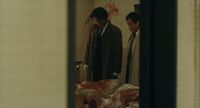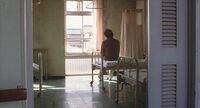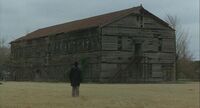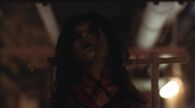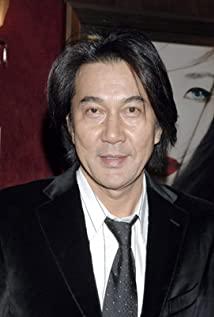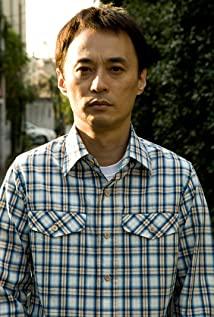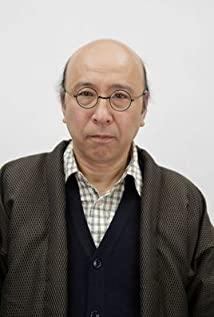Horror movies are the type that I keep away from. Because I was timid and sensitive since I was a child, I also think that it is not clever to bluff people with audio-visual stimulation, bloody violence, and demons. Of course, I will appreciate the wonderful psychological suspense film. The "X Holy Rule" (Cure, 1997) is in this category. The police detective played by Koji Koji found that the murderers of a series of murders would engrave an "X" on the necks of the victims. They were suspected of being hypnotized and poured out their secret violent desires. The detective finally meets the hypnotist. It is a contest of mind and will, and the ending is even more weird and disturbing... The film appeared a year earlier than Hideo Nakata's "Midnight Bell", and Kurosawa was in the director's tube ten. After the rest of the year, he entered the international film circle. Kurosawa admits to being influenced by David Fincher's The Seven Deadly Sins (1995); the opening bathroom scene also pays homage to Hitchcock's The Psycho (he lists Hitchcock and Yasujiro Ozu as his own most influential director).
Mixed with Western psychology, cults, Eastern mysticism and the evil release of human repression in a deformed society, the film is calm and precise, regardless of rhythm, atmosphere, and performance, it is silent, but the undercurrent is turbulent, and all the weirdness is revealed. The indeterminate state of matter is crucial to both the implementation of hypnosis and the audiovisual effects of the film: cigarette butts on and off, lighter flames, flowing water (and sounds), dryer idling noise... and broken cities, garbage burning Fields, empty mental hospitals, and abandoned cult gathering places all have a strong apocalyptic color. Space fits people's anxiety. The obsessive questioning of the hypnotist "Who are you?" is a question about the fluidity and uncertainty of identity and self-knowledge, and it also makes people realize that the so-called rationality, intelligence and morality of human beings are in fact too fragile. hit.
View more about
Cure reviews



